![]()
I’m not the first on the block to write about the Fujifilm X-E4, but I finally got around to doing it and I’m glad that I did.
Full disclosure: Fujifilm North America sent me the Fujifilm X-E4 free of charge along with the new 27mm f/2.8 II, thumb grip, and bottom plate hand grip, so basically the entire kit. However, there were no strings attached and I was not required to talk about the camera nor make any content with it.
I call this a review, but it’s hardly that. I do not review gear the same way others do. I don’t care about specs — I focus my direction in terms of user experience, so that’s how this is going to roll going forward.
![]()
![]()
The X-E4 is Fujifilm’s 5th camera in this series. You may be shaking your head wondering why it’s called the X-E4 and not the X-E5. Well, I’m going to tell you so just be patient. Originally this new camera line was named — can you guess? — the X-E1. No surprise there but then we had the X-E2 and then a variant of the second camera named the X-E2s which was surpassed by the X-E3.
The X-E3 was the first camera in this line to do away with the beloved D-pad. Oddly enough I rarely miss it nowadays and that’s just fine because the new X-E4 has carried over the tradition of the missing D-pad. In fact, the whole camera is extremely minimalistic in its approach. At first glance, this may seem problematic but after shooting it all week long, I hardly noticed the missing buttons and actually found it liberating to a degree.
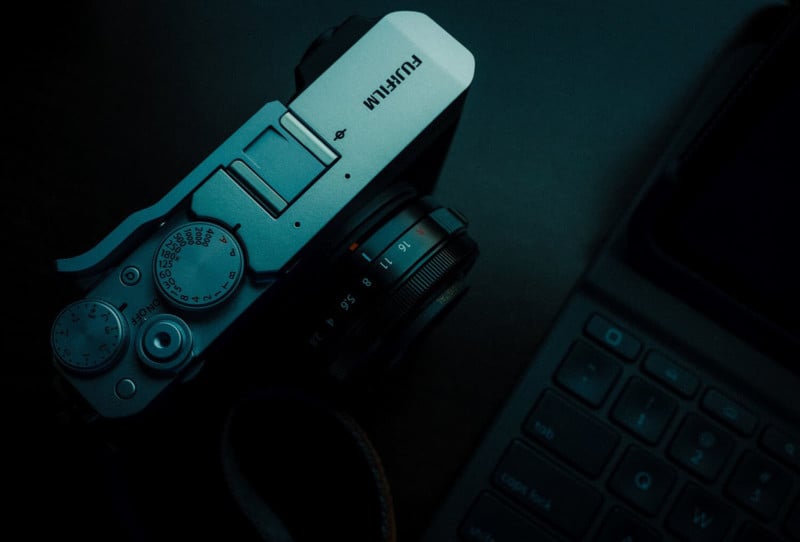
The day before my getaway to sunny Sarasota, Florida, with my wife Nikki, three boxes arrive at my doorstep. The Fujifilm X-E4 and the 27mm lens in one, a thumb grip that attaches to the hot shoe in another, and in the last box a bottom plate which also has a substantial grip and Arca Swiss type tripod mount milled into the bottom portion. It allows easy access to the bottom trap door which houses the battery.
Sadly, this same trap door is used for the single card slot similar to the Fujifilm X100V, which is a shame because I found it extremely difficult to remove the SD card from its slot location while having the bottom plate grip attached.
One thing to note is that the thumb grip and bottom plate grip come at an extra cost, and they just might be needed because without them you are left hold what is basically a magnesium flat box similar to that of a Leica M or Leica Q. While speaking about the X100V, it’s only necessary to address the obvious: which do you buy? In my honest opinion, the two cameras couldn’t be more different even though they share similarities.
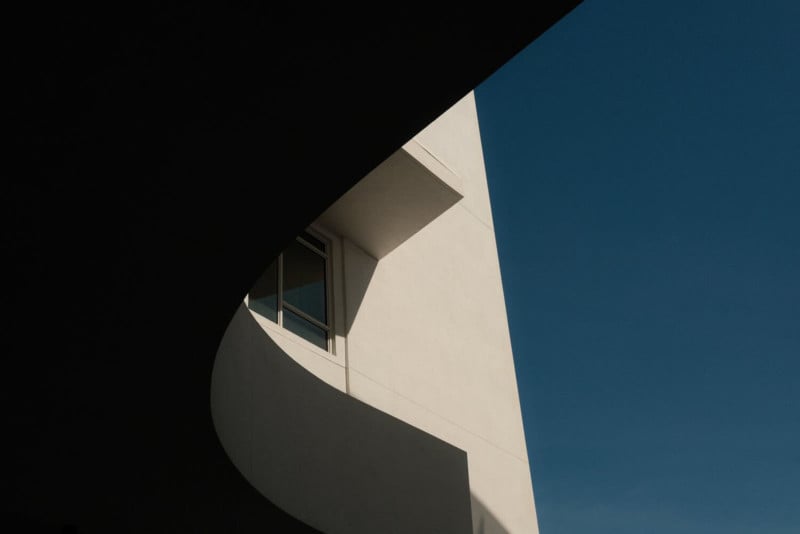
![]()
![]()
![]()
![]()
![]()
![]()
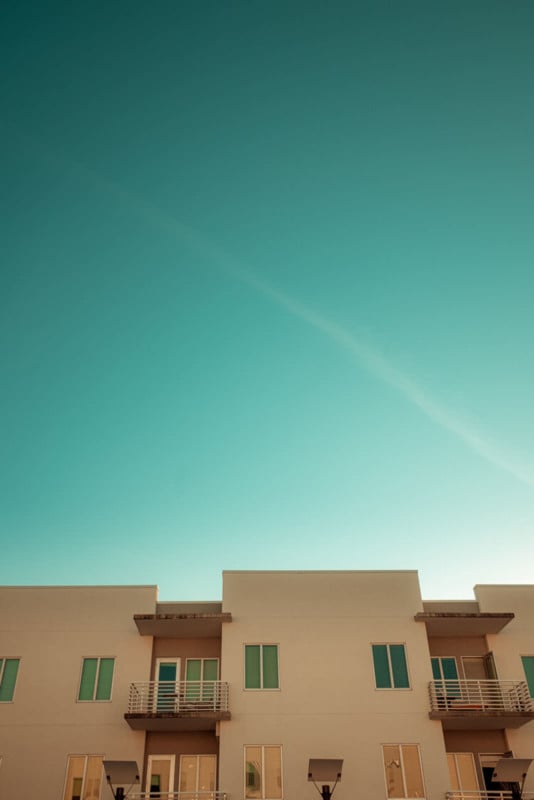
What Makes Them the Same?
Overall build quality. Yes, I’m aware the X100V is weather resistant and the X-E4 is not, but in terms of materials, they are the same. This was not always the case. When I owned my X-E3 and X-E2S they felt a bit on the plastic side. All that is gone now and the edges are just as refined with the X-E4 as they are with the X100V.
They house the same sensor, the 23.5mm x 15.6mm (APS-C) X-Trans CMOS 4, giving you 26.1 megapixels.
They are roughly the same size depending on what lens you attach to your X-E4. They both have flip-up screens and an EVF.
In every aspect they have a similar shooting experience.
![]()
![]()
What Makes Them Different?
Well, what most apparent is the X100V is a fixed 35mm focal length camera that utilizes a leaf shutter. The X-E4 is an interchangeable lens camera that uses a standard shutter.
The X100V has a hybrid optical and digital viewfinder an OLED screen with 3.69 million dots whereas the X-E4 uses only a Digital viewfinder which has an OLED screen with 2.36 million dots. Truth be told the difference to my eyes was negligible.
The X100V has a flip-out screen whereas the X-E4 has a full tilt screen which can be flipped 180 degrees to uses as a selfie screen.
The X100V has a built-in 4-stop ND filter which now is accessible in video and the X-E4 has none.
The X-E4 will shoot 30fps with a 1.25x crop. The X100V will spit out 20 fps with the same crop factor.
Both have similar video specs but again you’re limited with the X100V both is lens choice as well as screen display options. The X-E4 houses its ports on the left which includes the standard 3.5mm jack whereas the X100V has them on the right and uses an odd 2.5mm jack.
The X100V has a Manual, Continuous, and Single-shot switch on the body of the camera. This is not the case with the X-E4, where a menu dive is necessary or one must assign a custom function button.
The X-E4 has two custom function buttons if you count the AEL/AFL which can be assigned and one front control dial only which is clickable but you get three custom function buttons with the X100V as well as the assignable AEL/AFL button and both front and rear control dials.
The X100V has a built-in Flash and the X-E4 has… well, nothing!
17 Film Simulations with the X100V and the X-E4 will give you 18 with the addition of Eterna Bleach Bypass however both are missing the new Nostalgic Negative even though the X-E4 was released alongside the new GFX100S.
The X100V has a separate ISO dial within the shutter dial. Again the X-E4 requires a menu dive and a custom-assigned button for ISO changes. I use my AEL/AFL for this task.
I’m also enjoying the new menu style of the X-E4 where they have added color logos to the film simulations similar to that of the rear screen on the XPro3. They have also added a feature where you can simply update your film recipes much easier now with their “Auto Update Custom Setting” feature.
![]()
![]()
![]()
![]()
![]()
![]()
![]()
![]()
So now that I have broken my own rule by spewing out specs for each camera I need to sum up which to buy. Well… I’m not going to tell you that. That would be a personal choice dependent upon what and how you shoot. I’m certainly happy I have both but it’s going to be a hard sell for me to replace the X100V. In fact, most cameras will never be able to do that based on my shooting style, but I do see the value in the X-E4 and I think it’s worth its weight and a powerhouse in its own right.
I never found myself wanting or needing a different camera while dedicating myself to the X-E4 while vacationing for the week. The X-E4 would probably be better compared to the Fujifilm X-Pro line of cameras than that of the X100 series as it shares many of the same traits with that lineup.
![]()

![]()
![]()
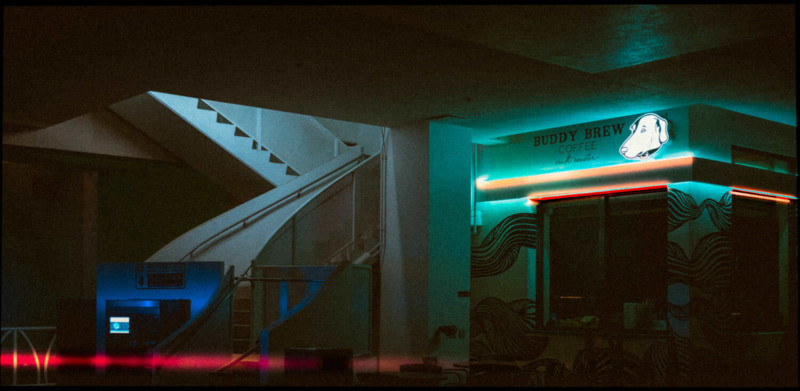
Read also: Hands-On First Impressions with the Fujifilm X-E4
Now Onward to the Glass
The 27mm f/2.8 II is new and improved? Well, yes if you consider weather resistance and an aperture ring a positive, which I certainly do. However, with that said and out of the way, your images are going to be the same with the original version of this lens. I have seen numerous first-gen 27mm lenses on sale so you may get one at a bargain price. If water resistance and the aperture ring are not important to you, then go for it. For me they were and the aperture ring was a biggie in my book.
I think this was one of the reasons I rarely used my old 27mm and it’s a shame because I absolutely love the 40mm effective focal length and the pancake profile is perfect for having a small camera rig to walk around with. I found the lens to be very sharp and exhibit very little distortion. Even though the lens has been updated, we are still getting the noisy focusing that we had in the previous version.
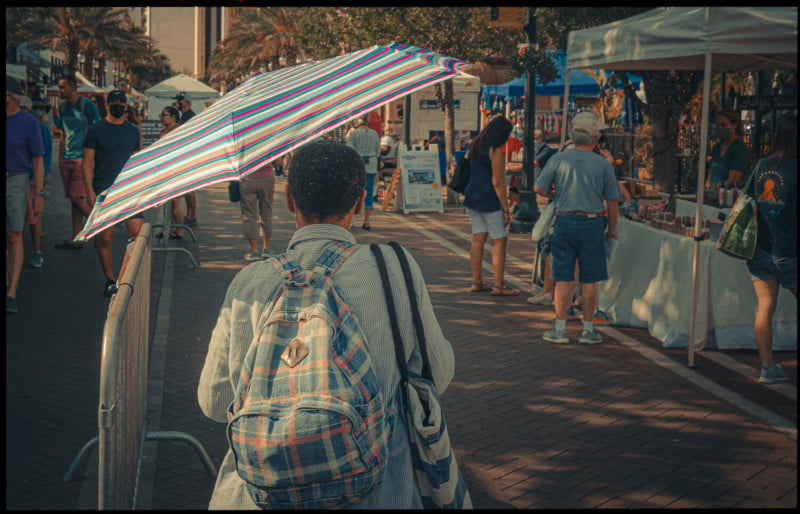
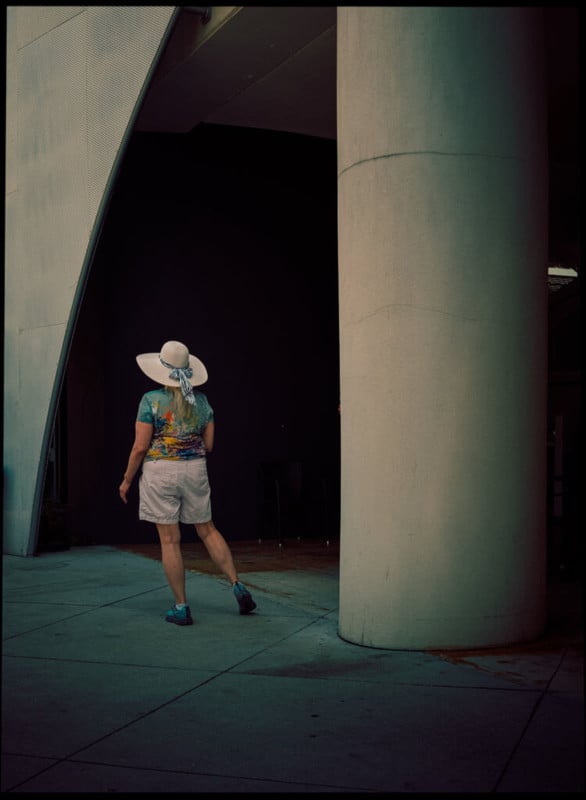
I will leave you with a few snaps I took with the Fujifilm XE-4 while on vacation.

![]()
![]()
![]()
![]()
Overall I found the camera to be extremely responsive and a perfect companion for a day out on the streets. Small enough to place in a bag or large sweatshirt pocket when having the tiny 27mm attached.
I found the 27mm a great all-around lens. Wide enough for street (being close to a 35mm focal length) and also close enough to 50mm to offer some subject isolation and portrait snaps. If one is lucky enough to own the Fujifilm X-E4, you would be hard-pressed to find yourself in a situation where this camera would not perform in a way that you expect it to.
About the author: Joseph D’Agostino is a wedding, event, family, and portrait photographer based in New Jersey. The opinions expressed in this article are solely those of the author. You can find more of D’Agostino’s work on his website, Facebook, and Instagram. This article was also published here.
Author: Joseph D’Agostino
Source: Petapixel



